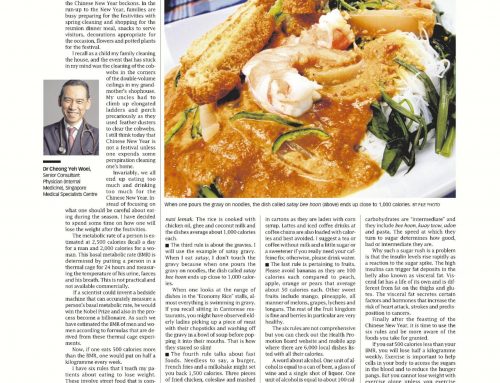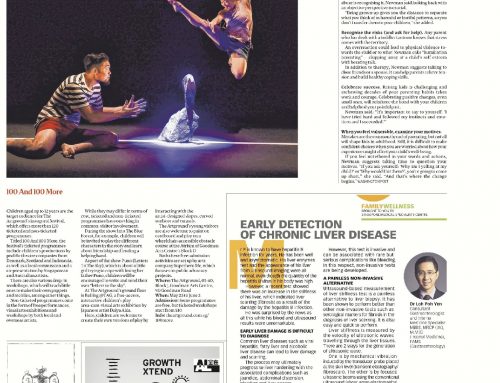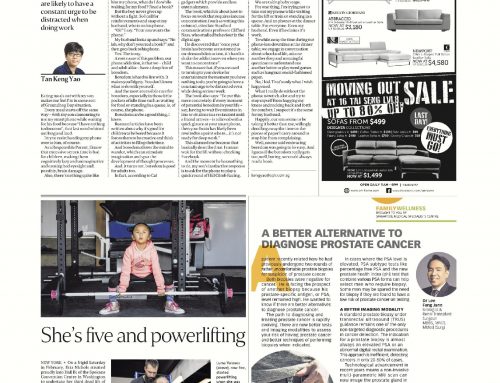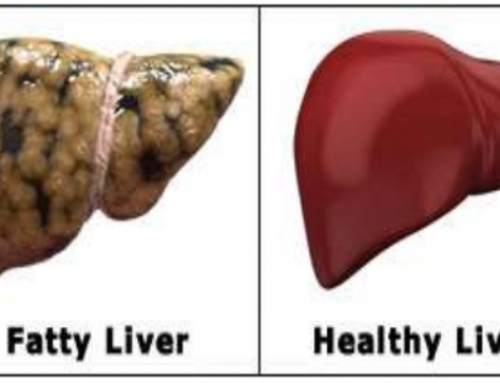SAFEGUARD THE WINDOWS TO YOUR SOUL
A patient of mine experienced eye pain and visual blurring and was found to be on the cusp of an acute glaucoma attack, with elevated eye pressure, signs of significant optic nerve damage, visual field loss and yet only a mild cataract. A laser peripheral iridotomy, a classic treatment that creates an internal channel to prevent and alleviate glaucoma attack temporized but did not sufficiently control his eye pressure. He finally agreed for cataract surgery. He is now off all glaucoma treatment and planning for preventive cataract surgery on his other equally mild cataract.
TREAT CATARACT TO PREVENT ANGLE CLOSURE GLAUCOMA
Cataract and glaucoma are the top two eye diseases, and they are intimately associated. Cataracts arise from hardening and thickening of the aging natural lens, causing possible crowding within the eye. Glaucoma on the other hand is related to eye pressure, with resulting optic nerve damage causing a restricted visual field. In advanced stages, it leads to irreversible blindness. There are two main types of glaucoma: open versus closed angles. While genetics have strong influences, the anatomy and internal shape of the eye dictate how glaucoma is categorized and treated.
Over 80% of closed angle glaucoma cases are found in Asia. They appear to cause blindness more frequently than other types. Closed angle glaucoma can be prevented by identifying narrow angles at risk of closure, before glaucoma strikes.
Not many, including doctors, know that cataracts contribute to narrow angles and closed angle glaucoma, and that cataract surgery, the commonest surgery in the world, can cost-effectively kill two birds with one stone.
EARLY CATARACT SURGERY RECOMMENDED
The 2017 Principles of Preferred Practice in Cataract Surgery published by the Asia Pacific Association of Cataract and Refractive Surgeons (APACRS) recommends early cataract removal and even clear lens extraction be considered as first line treatment in angle closure glaucoma and glaucoma suspect.
This recommendation is based on The Effectiveness of Early Lens Extraction for the Treatment of Primary Angle Closure Glaucoma (EAGLE) Study, a multicenter, randomized controlled trial by the United Kingdom Medical Research Council, conducted since 2009 in several countries including Singapore and published in 2016. It concluded that clear lens extraction shows greater efficacy and was more cost-effective than laser treatment in this regard.
KEEP SIGHT ON WHAT MATTERS
Eye screening for diseases like glaucoma is recommended from age 40 onwards, and for any age for those with family history, eye trauma and on certain medications. Those with long-sightedness (hyperopes) have smaller eye dimensions and should be vigilant about angle closure.
An angle assessment for risk of glaucoma requires gonioscopy, a gold standard test by placing a lens in contact with the eye. The anterior segment optical coherence tomography (ASOCT), an imaging test increasingly used to detect angle closure, is non-contact and more objective. Cheaper devices are also being developed to benefit more communities. These eye tests can save sight, as glaucomatous vision loss is irreversible, and prevention is key.
— End —
Dr Daphne Han
Senior Consultant, Ophthalmology
Singapore Medical Specialists Centre
Straits Times, Family Life, 15 April 2018, Sunday






